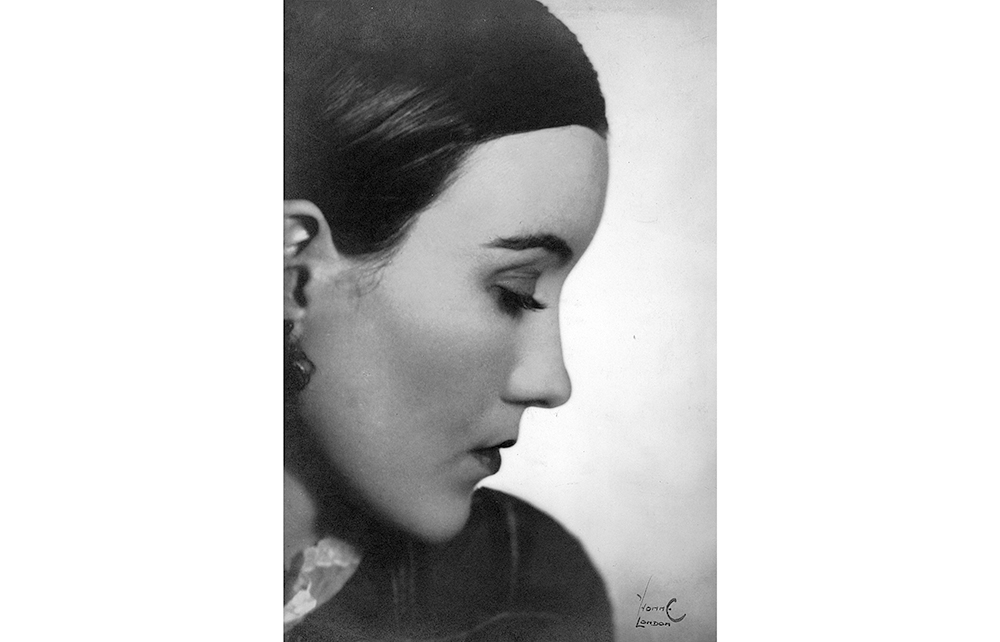Barbara Comyns’s reputation rises and falls like a Mexican wave, making her one of the most rediscovered novelists of recent times. She’s credited with anticipating Angela Carter and for being in the vanguard of tackling themes of traumatic dissociation and the realities of childbirth. Yet younger, trendier writers have regularly eclipsed her.
Aged 29, Barbara was broke: a single mother who’d weathered affairs, an abortion and a suicide attempt
Every fan remembers their first Comyns novel: the visceral jolt of black humour, the suckerpunch of stark horror. Knowing that she drew from life, we have longed for a biography, and hooray, it’s finally here. Avril Horner, emeritus professor of English at Kingston University, has given us one packed with incidents both monumental and mundane. It skilfully interweaves life and literature and draws on family memories and unpublished private papers.
Horner promises not to ‘raid the work for evidence of the writer’s life’; but the truth is, a lot that is described in the novels did happen – not only macabre details, but sad episodes familiar from Comyns’s depictions of thwarted relationships and downtrodden women. Economic exigency –a significant factor in the novels – was also a driving force in Comyns’s life. After a privileged, if emotionally fraught, childhood, she was thrust into the world at 18 after the death of her father. Untrained for anything much, she struggled to keep afloat. Her first jobs included kennel attendant, poodle breeder, antiques dealer, piano trader, domestic help and artist’s model. Only in the last decade of her life – she died in 1992, aged 85 – did she enjoy economic security.
Comyns originally dreamed of becoming a sculptor, but art school fees proved impossible. Nevertheless, she embraced bohemian living, moved in artistic circles, and was influenced by Surrealism. Beautiful and magnetic, she inspired loyalty, despite moments when she frayed her friends’ nerves.
She married twice, and raised two surviving children, one by her first husband, John Pemberton, the other (who she pretended was John’s) by Rupert Lee, the former husband of John’s aunt.








Comments
Join the debate for just £1 a month
Be part of the conversation with other Spectator readers by getting your first three months for £3.
UNLOCK ACCESS Just £1 a monthAlready a subscriber? Log in